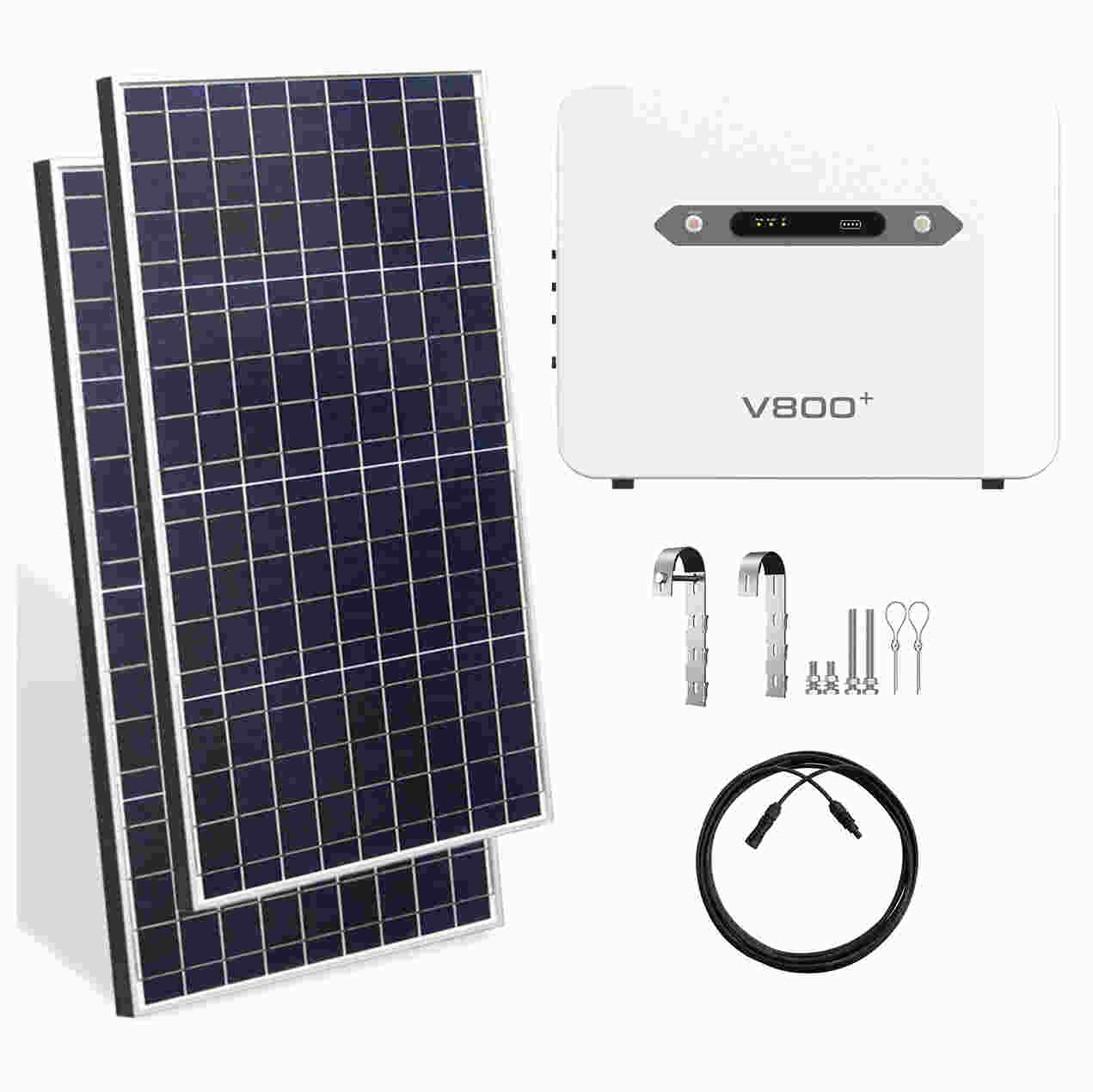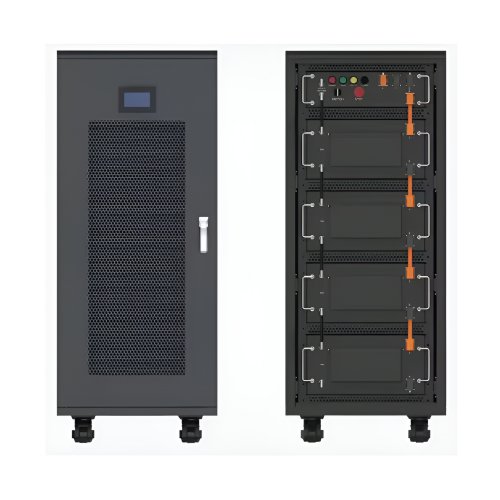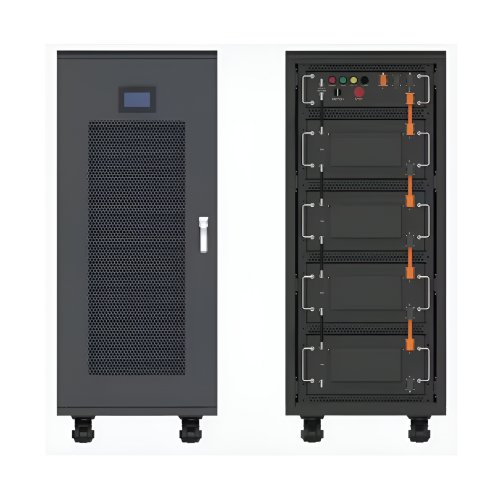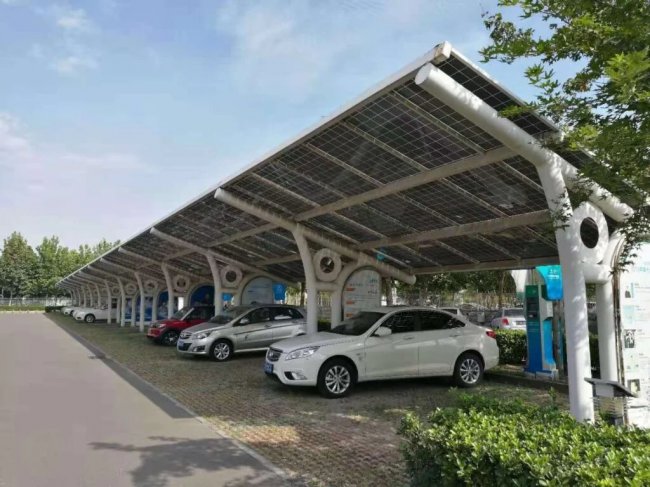Lfp Battery Performance Review: Uncompromising Longevity And Enhanced Safety
The quest for efficient, durable, and safe energy storage has long been a central challenge in consumer electronics and electric vehicles. Among the various chemistries vying for dominance, Lithium Iron Phosphate (LFP) has emerged as a formidable contender. This review delves into the performance of a modern LFP battery system, examining its functional claims, inherent advantages, and practical limitations to provide a clear-eyed assessment for potential users.
Product Functionality and Core Technology
An LFP battery is a type of lithium-ion battery that uses lithium iron phosphate (LiFePO₄) as the cathode material, paired with a graphite anode. Unlike its more common counterparts using Nickel Manganese Cobalt (NMC) or Nickel Cobalt Aluminum (NCA), the LFP chemistry offers a distinct set of characteristics. The primary function remains the same: to store electrical energy and deliver it efficiently to a device, be it a car, a home energy storage system, or a power station.
The key differentiator lies in its electrochemical stability. The strong phosphorus-oxygen bonds in the cathode make it inherently more resistant to thermal runaway, a chain reaction that can lead to overheating and fire in other lithium-ion batteries. Furthermore, LFP batteries typically operate at a nominal voltage of 3.2V per cell, slightly lower than the 3.6V/3.7V of NMC cells, which influences overall system design and energy density.
Advantages: The Compelling Case for LFP
1. Exceptional Cycle Life: This is the most significant advantage. LFP batteries can endure a vastly greater number of charge and discharge cycles before their capacity significantly degrades. Where a typical NMC battery might be rated for 500-1,000 full cycles to 80% capacity, LFP batteries routinely boast ratings of 3,000 to 6,000 cycles, and often far more. This translates to a much longer operational lifespan, potentially exceeding a decade even with daily use.
2. Superior Thermal and Chemical Safety: The LFP chemistry is intrinsically safer. It is far more stable at high temperatures and is much less prone to combustion or explosion if damaged, overcharged, or subjected to a short circuit. This reduced risk is a major reason for its adoption in applications where safety is paramount, such as residential energy storage and passenger vehicles.
3. Performance in High Temperatures: LFP batteries exhibit better resilience and slower degradation when consistently operated in hot climates compared to NMC batteries. High heat is a major enemy of battery longevity, and LFP's robustness offers a clear advantage in such environments.
4. Cost-Effectiveness (Long-Term): While the upfront cost is becoming increasingly competitive, the long-term value proposition is undeniable. The avoidance of frequent replacements due to its stellar cycle life makes LFP a more economical choice over the total ownership period.
Disadvantages and Trade-offs
1. Lower Energy Density: This is the primary trade-off. LFP batteries have a lower volumetric and gravimetric energy density than NMC batteries. This means that for the same physical space or weight, an LFP battery will store less energy. In practical terms, an electric vehicle using LFP technology might have a slightly shorter range for a similarly sized battery pack, or a portable power station will be heavier for the same kilowatt-hour capacity.
2. Cold Weather Performance: LFP chemistry is more susceptible to performance loss in sub-zero temperatures. Both charging and discharging efficiency can drop significantly in the cold. While battery management systems (BMS) mitigate this with heating elements, it requires extra energy and can complicate use in frigid climates.
3. Voltage Profile: The discharge curve of an LFP battery is exceptionally flat. For most of its capacity, the voltage remains very stable, which is excellent for consistent power delivery. However, it makes accurately estimating the state of charge (SoC) based on voltage alone very difficult. It relies heavily on a high-quality BMS that uses complex algorithms to track SoC accurately.
Actual Usage Experience
In daily use, an LFP battery-powered device inspires confidence. For instance, in an electric vehicle, the driver experiences consistent power delivery until the battery is nearly depleted, without the gradual drop in acceleration sometimes felt in other chemistries. The peace of mind regarding safety is palpable, especially for users charging indoors overnight.
The long cycle life becomes apparent over time. Where an older device with an NMC battery might show significant capacity loss after a few years, an LFP-based device retains its range or runtime remarkably well. The charging routine also becomes less stressful; the resilience of LFP to full 100% charges means users can regularly top it off without the pronounced anxiety of accelerating degradation, a common recommendation with NMC batteries.
The main noticeable drawback is the weight. Picking up an LFP-based portable power station immediately reveals its heft compared to a similarly specced NMC unit. Furthermore, in winter, users must plan ahead. Pre-conditioning the battery (i.e., warming it up using grid power before a drive or a discharge) is often necessary to access its full capacity, which can be a minor inconvenience.
Conclusion
The LFP battery is not a one-size-fits-all solution, but it represents a superior choice for a wide array of applications where longevity, safety, and lifetime value are prioritized over absolute minimum size and weight. Its performance is characterized by relentless durability and robust safety, making it an ideal technology for stationary storage, daily-driver electric vehicles, and critical backup power systems. While its cold-weather quirks and weightier footprint are legitimate considerations, they are often acceptable trade-offs for the unparalleled peace of mind and long-term reliability that LFP technology delivers. It is a mature, proven chemistry that rightfully claims its place as a cornerstone of the modern energy storage landscape.
Customized/OEM/ODM Service
HomSolar Supports Lifepo4 battery pack customization/OEM/ODM service, welcome to contact us and tell us your needs.


HomSolar: Your One-stop LiFePO4 Battery Pack & ESS Solution Manufacturer
Our line of LiFePO4 (LFP) batteries offer a solution to demanding applications that require a lighter weight, longer life, and higher capacity battery. Features include advanced battery management systems (BMS), Bluetooth® communication and active intelligent monitoring.

Customised Lithium Iron Phosphate Battery Casing
ABS plastic housing, aluminium housing, stainless steel housing and iron housing are available, and can also be designed and customised according to your needs.

HomSolar Smart BMS
Intelligent Battery Management System for HomSolar Energy Storage System. Bluetooth, temperature sensor, LCD display, CAN interface, UART interface also available.


Terminals & Plugs Can Be Customized
A wide range of terminals and plugs can be customised to suit the application needs of your battery products.

Well-designed Solutions for Energy Storage Systems
We will design the perfect energy storage system solution according to your needs, so that you can easily solve the specific industry applications of battery products.



About Our Battery Cells
Our energy storage system products use brand new grade A LiFePO4 cells with a battery lifespan of more than 4,000 charge/discharge cycles.



Applications in Different Industries
We supply customized & OEM battery pack, assemble cells with wiring, fuse and plastic cover, all the cell wires connected to PCB plug or built BMS.
Applications: E-bike, Electric Scooter, Golf Carts, RV, Electric Wheelchair, Electric Tools, Robot Cleaner, Robot Sweeper, Solar Energy Storage System, Emergency Light, Solar Power Light, Medical Equipment, UPS Backup Power Supply.
We can provide you with customized services. We have the ability to provide a vertical supply chain, from single cells to pack/module and to a complete power solution with BMS, etc.


HomSolar (Shenzhen) Technology Co., Ltd
























